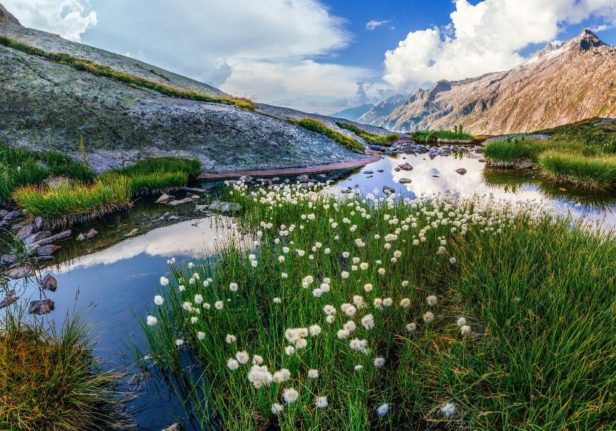The zero-degree line is determined by meteorologists using weather balloons that take off twice a day from Payerne in western Switzerland.
MeteoSwiss said the new height was clocked overnight from Sunday to Monday at 5,298 metres, “which constitutes a record since monitoring began in 1954”.
The previous record of 5,184 metres was set on July 25th last year.
“The area known as the zero-degree isotherm is the threshold between air layers with temperatures above 0C at lower altitudes and those with temperatures below freezing at higher altitudes,” MeteoSwiss said.
“Among other things, the zero-degree isotherm affects vegetation, the snow line and the water cycle, and so has a considerable impact on the habitats of humans, animals and plants alike,” it added, calling the marker “an integral part of weather forecasts in the Alpine region”.
Switzerland has been experiencing a sweltering hot weather over the last week, with several heat warnings in place. The heatwave is set to continue for a few more days.
READ ALSO: How long will Switzerland’s heatwave last?




 Please whitelist us to continue reading.
Please whitelist us to continue reading.
Member comments